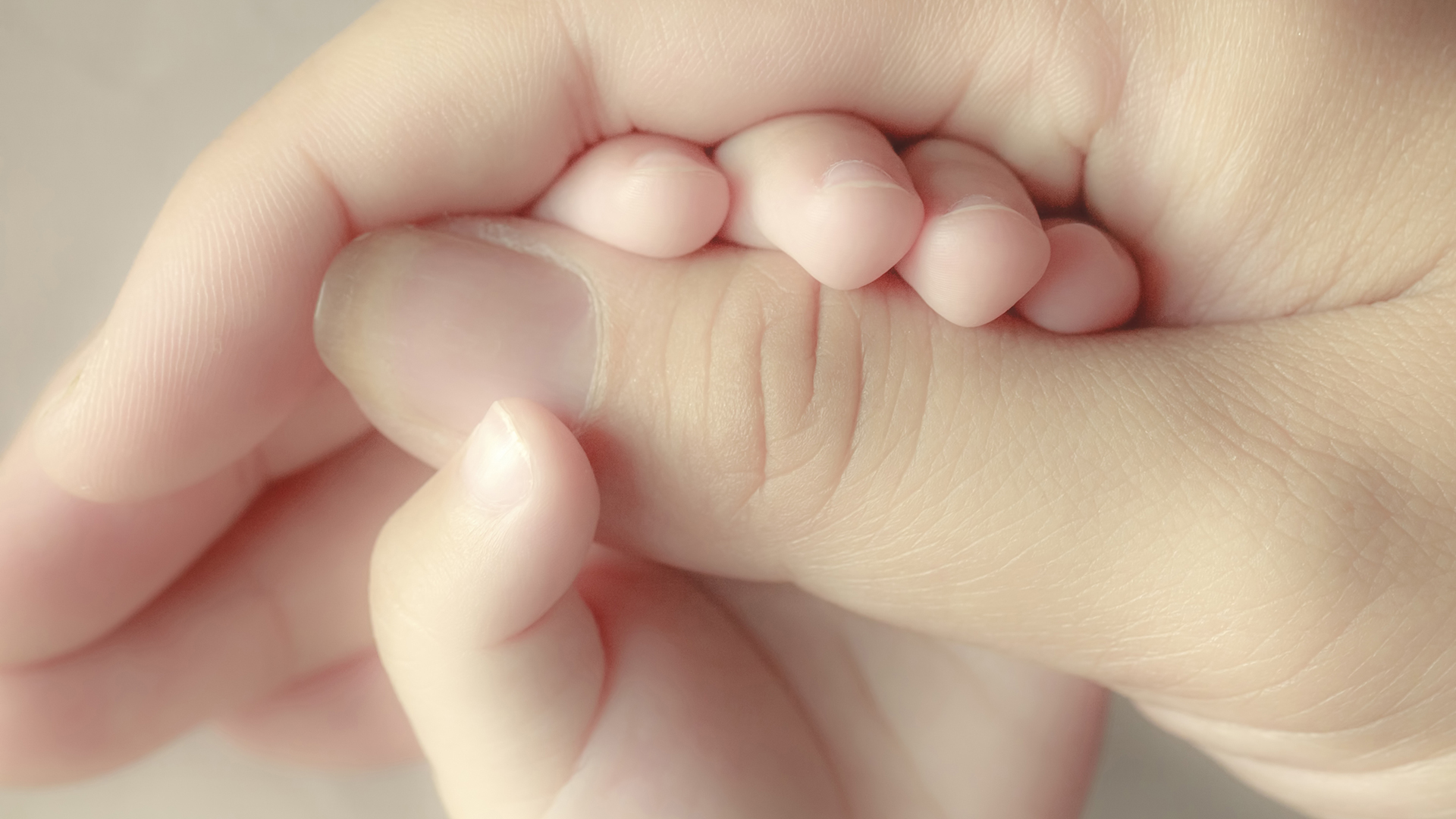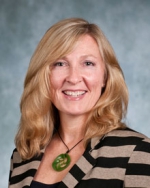In Episode 8, the final episode of the season, Chummy and PC Noakes meet with new challenges as they settle back into life in Poplar and are confronted with a very difficult birth. The midwives and the nuns rally behind them physically, spiritually and emotionally. They sit knitting and worry that Chummy’s family do not know of her dire health situation. Jenny responds, “Yes they do, Chummy’s family is here in this room.”
As a modern-day certified nurse midwife (CNM) this episode made me reflect on the changing face of family.
The American family has undergone a profound transformation. You can turn on the television and see a commercial selling a minivan with mother, father, 2 kids and faithful family dog. However, it is also likely that you will encounter many different versions of family. When I walked into my antenatal clinic the other day I saw one of my single pregnant mothers getting off the bus holding the hands of her two small children as they all descended the steps.
What is the face of family, and has it changed over time?
As midwives we see a wide variety of nontraditional forms of family and alternative partnerships. The American family is now profoundly different from what it was in the past. Households have fewer children. If there are two parents they are typically both working. If women choose to get married the trend is to do this later in life, and often we see women having fewer children. The stigma of being unmarried has diminished and some women choose to never marry. An unmarried woman may choose to remain childless, cohabitate, have a child out of wedlock or adopt. These trends have changed the view of what the typical American family is, and these alterations are unlikely to be reversed.
So what is the definition of family? The word family comes from the Latin word familia. One definition of family is a group of people affiliated by consanguinity (blood relation), affinity or co-residence. There are extensions of the concepts of family that even go beyond the physical and expand to the community we live in — even as far as our nation as a family.
 There has been a shift in the attitude toward relationships and commitment. The University of Michigan Survey Research Center studied the attitudes of female high school seniors and reports that more than half of them say that having a child outside of marriage is acceptable (see link below). Approximately a third of babies are born to women that identify themselves as single (U.S. Census Bureau). Some women have desired to be on their own, and some are devastated as their partners do not commit. But all must navigate their way to cultivate a new formed life and create their family unit.
There has been a shift in the attitude toward relationships and commitment. The University of Michigan Survey Research Center studied the attitudes of female high school seniors and reports that more than half of them say that having a child outside of marriage is acceptable (see link below). Approximately a third of babies are born to women that identify themselves as single (U.S. Census Bureau). Some women have desired to be on their own, and some are devastated as their partners do not commit. But all must navigate their way to cultivate a new formed life and create their family unit.
Many people choose to have a family through fostering children and some through adoption. Infertility can lead down a very different path with a range of options to assist such as medications, procedures, insemination or surrogacy. Other scenarios that are occurring more frequently in today’s world are two dads or two moms. According to the Urban Institute, 2 in 5 gay or lesbian couples live in a house with children under the age of 18. It is difficult to know how many children in this country are living with same-sex parents, as the U.S. Census Bureau does not put same-sex relationships into their data.
As midwives we encounter many diverse family arrangements and we assist and empower them to navigate their way. It does not matter if the family comes as a biologically-intact household, cohabiting couple, divorced, remarried, same-sex relationship, or single woman. The creation of family through being a biological parent, adoptive parent or through using a surrogate are all routes that let women “catch a falling star and never let it fade away.” As in Call the Midwife, when you are surrounded by love and support you have been embraced and empowered with family. I loved the entire season and really can’t wait until we can enjoy Season 3.
Some things that this episode reinforced for me as a clinician and that I will emphasize with the women I serve and with my graduate students:
Here are some interesting links and resources that we have explored in our University of Michigan Nurse Midwifery course.
RESOURCES
Stanford University, Hoover Institution: Family
United States Census: Quick Facts
Urban Institute: Family and Parenting Information
 Katie Moriarty (CNM, PhD, CAFCI) is a Clinical Assistant Professor and Associate Director of the Nurse Midwifery education program at the University of Michigan. She has been a nurse-midwife since 1992. Her undergraduate degree is from the University of Windsor, and her Master’s and PhD degrees are from the University of Illinois at Chicago.
Katie Moriarty (CNM, PhD, CAFCI) is a Clinical Assistant Professor and Associate Director of the Nurse Midwifery education program at the University of Michigan. She has been a nurse-midwife since 1992. Her undergraduate degree is from the University of Windsor, and her Master’s and PhD degrees are from the University of Illinois at Chicago.
Read More About Katie | Read All Posts by Katie